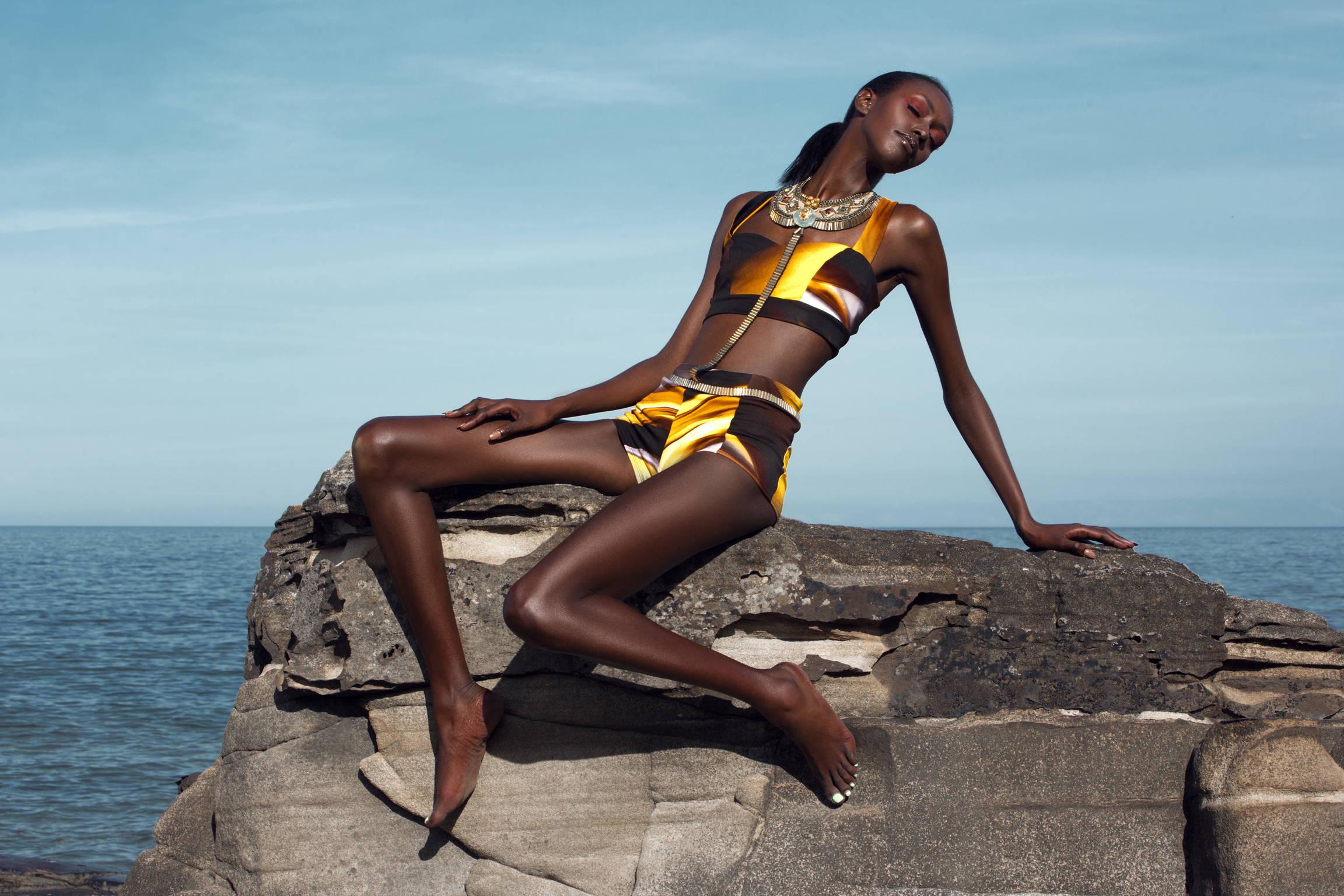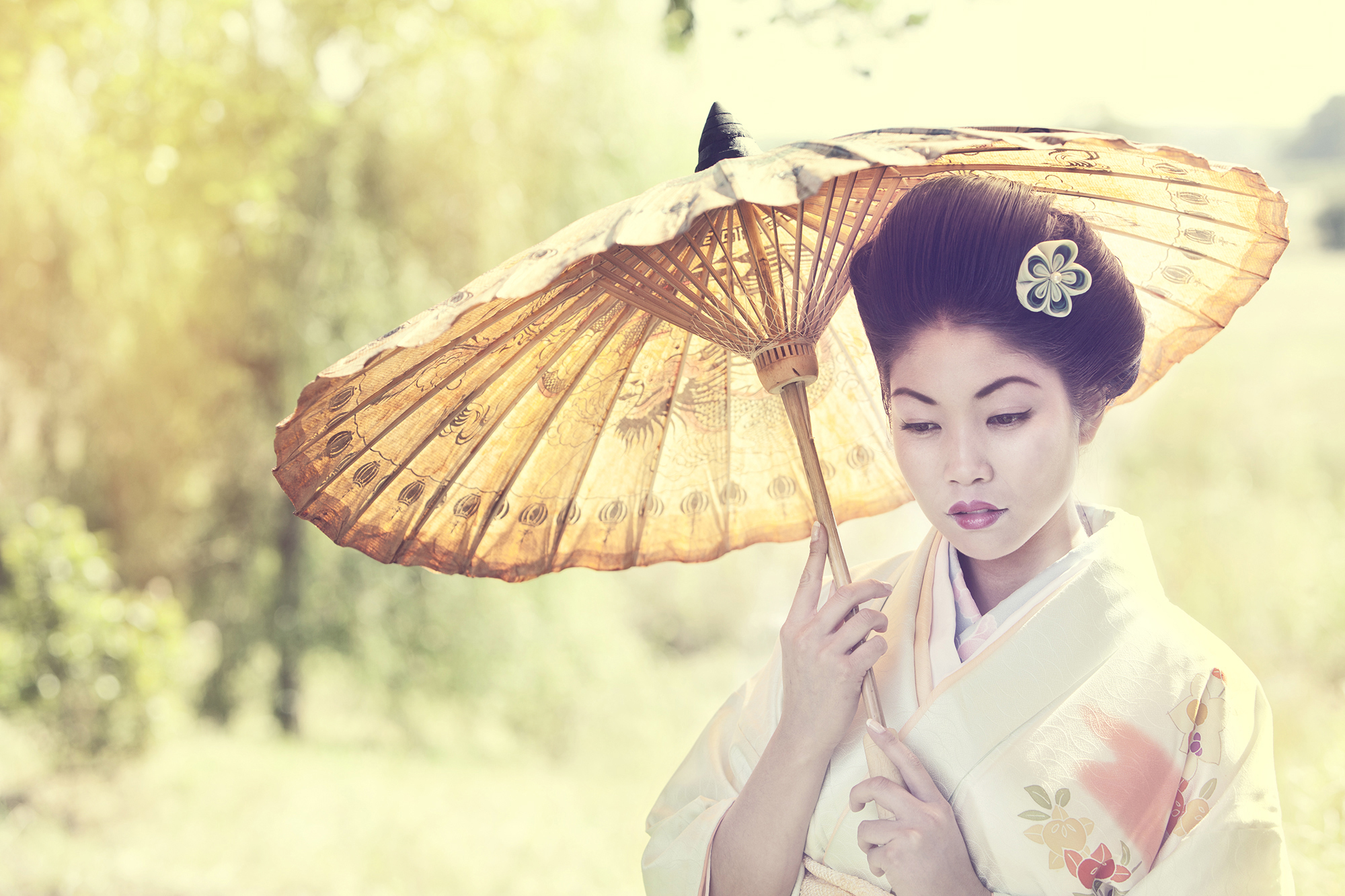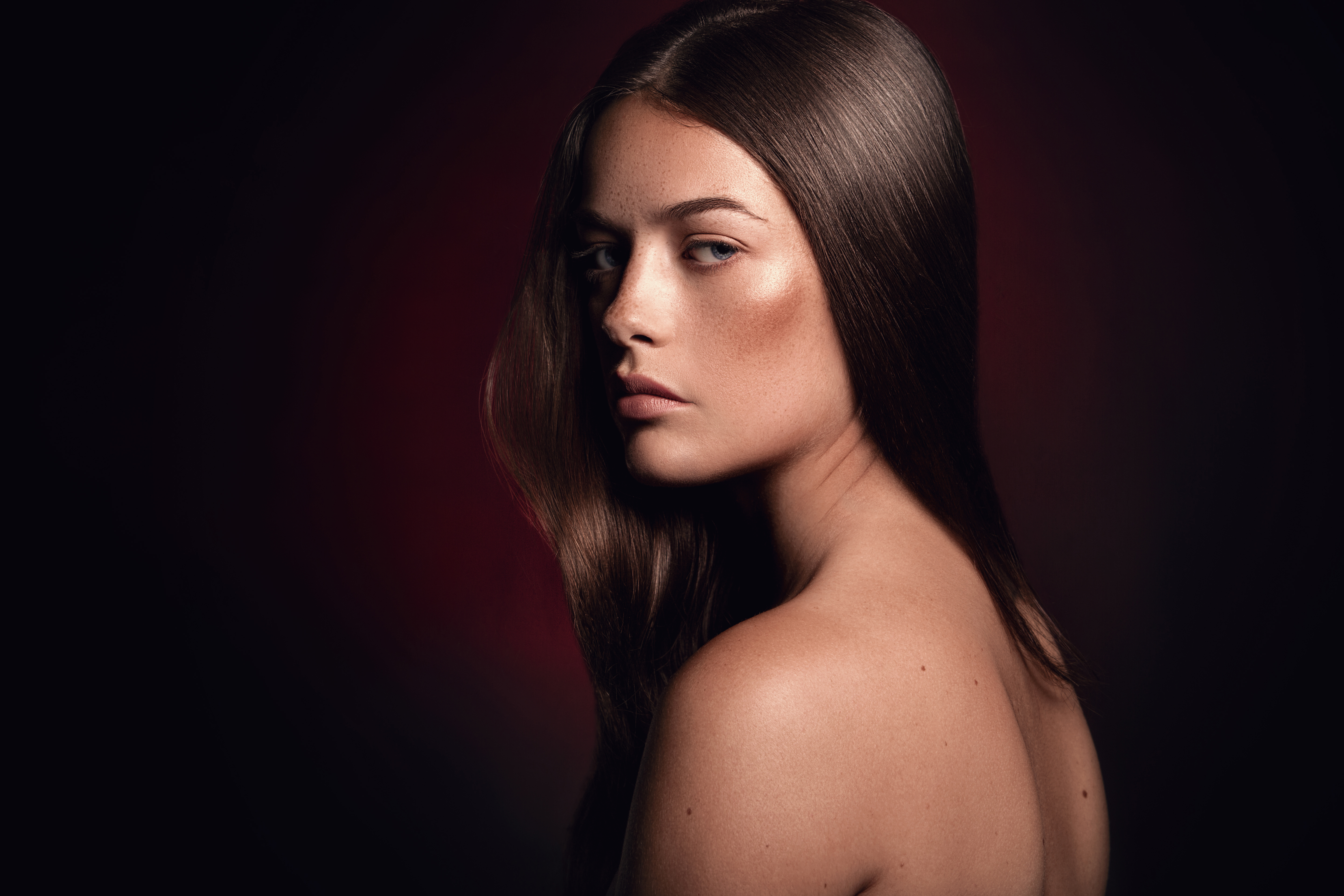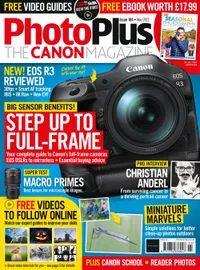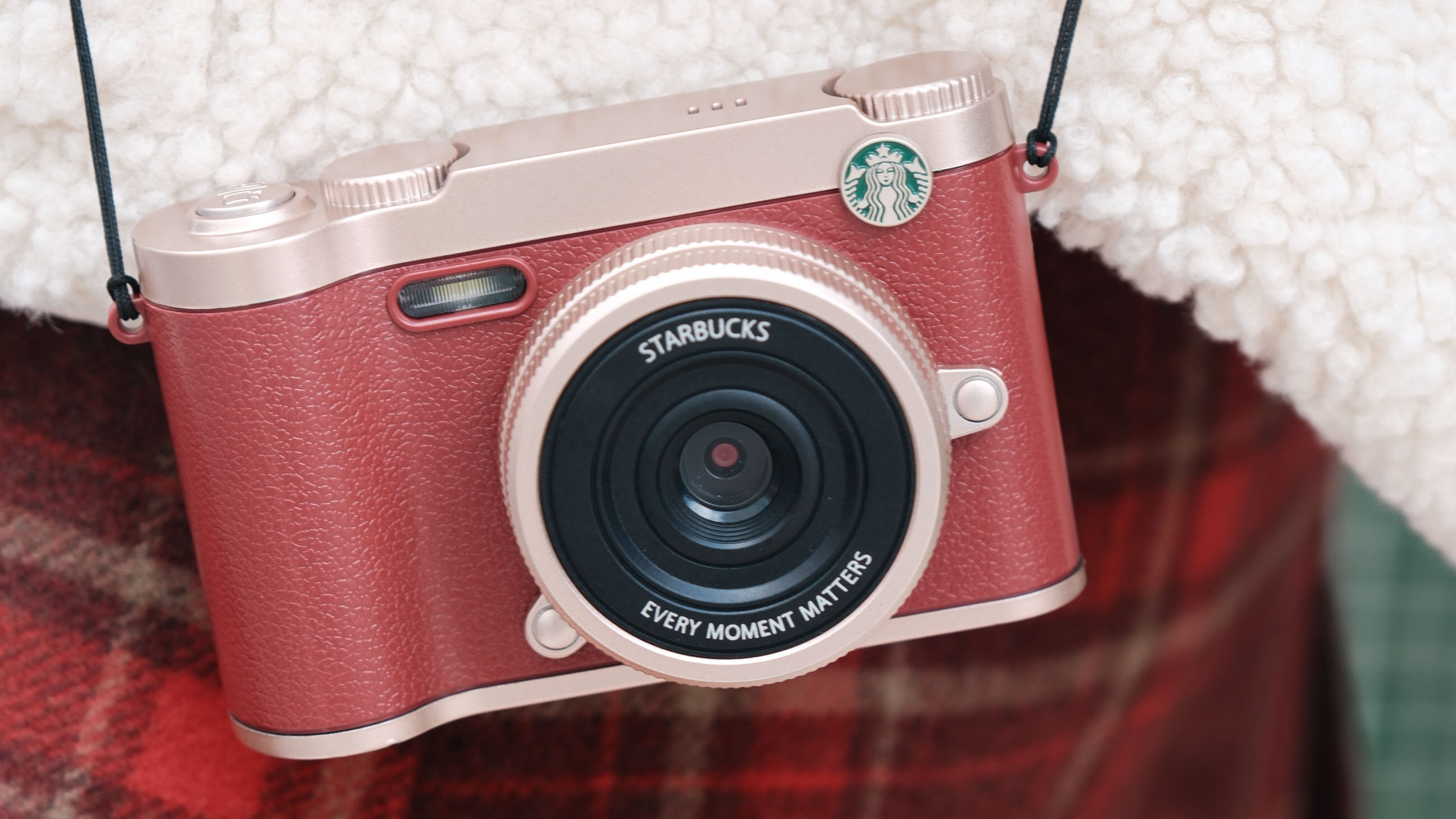"If you don’t have your health, you won’t have a photography career"
"I started off photographing in my tiny kitchen. I was ashamed to bring clients in to have their portraits taken," says beauty photographer Siân Elizabeth
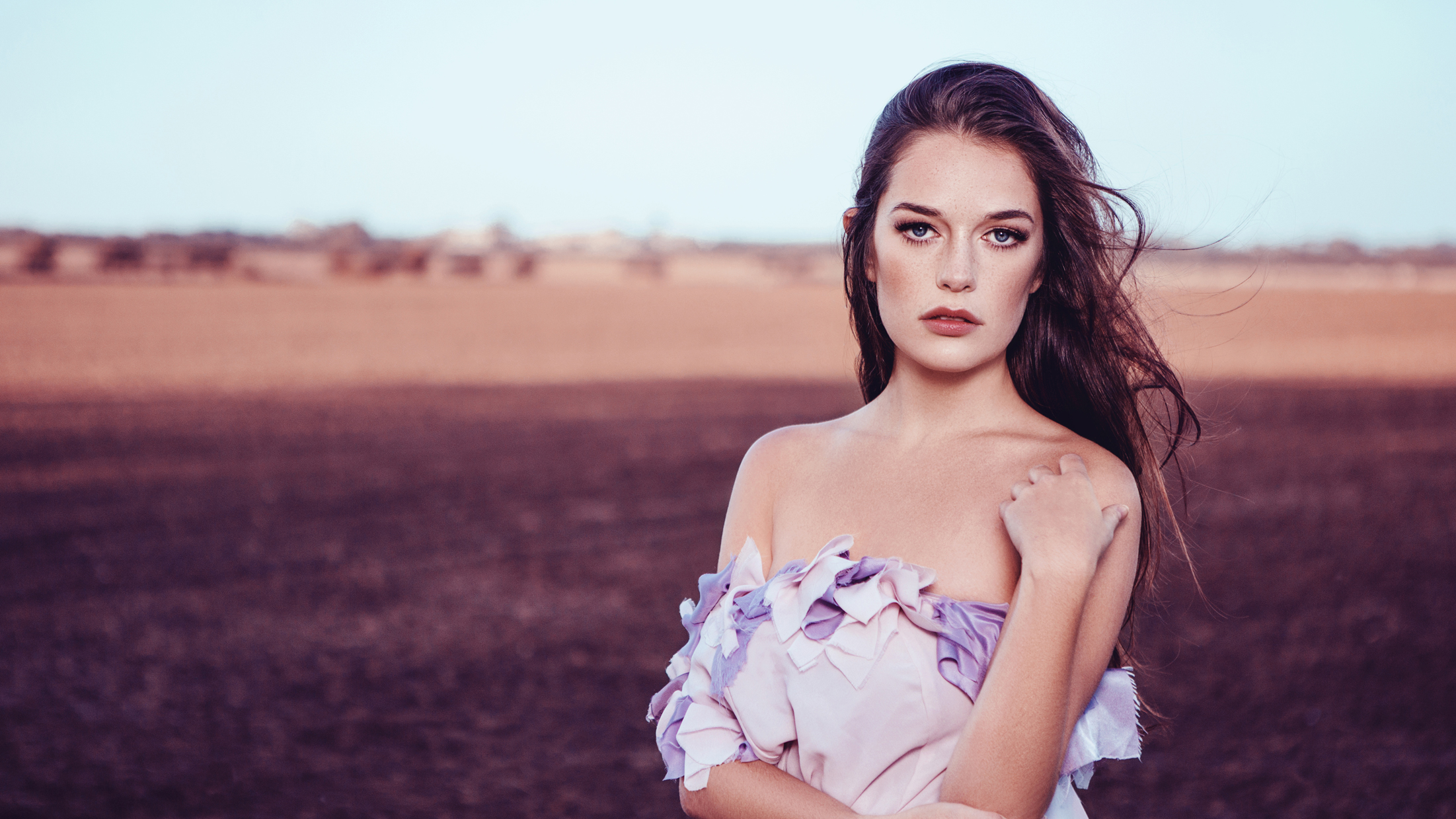
If you ask professional photographer Siân Elizabeth when she first remembers holding a camera, she’ll tell you that it’s always been there. But it wasn’t until she graduated with her journalism degree in 2007 that she invested in a Canon EOS 400D, a "proper" camera that would accompany her on a backpacking trip around the world.
By the time Siân returned from travelling, she knew that photography was her ultimate career path – but it still took exploring a few different genres to find her true passion…
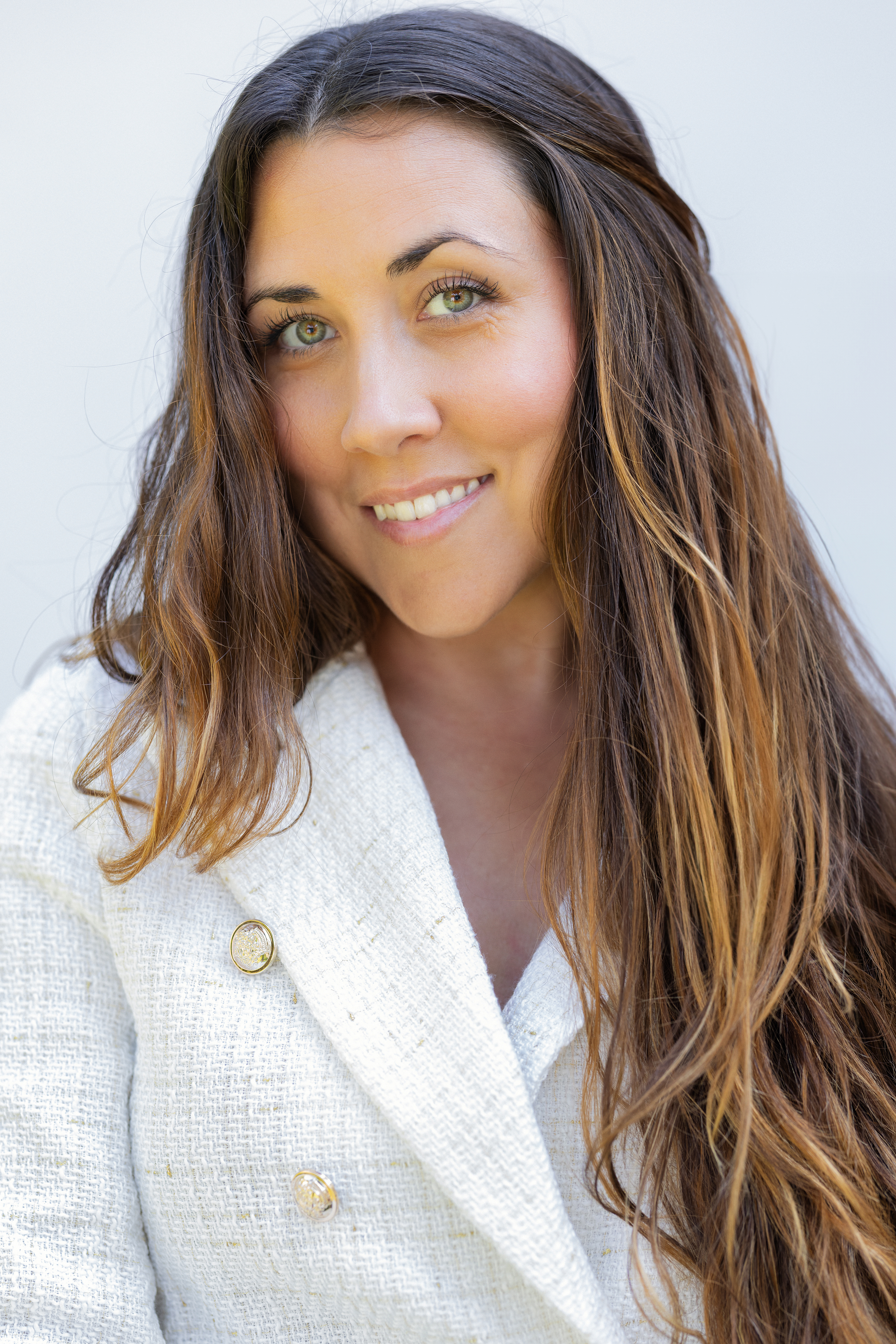
Siân Elizabeth is based in the southeast of the UK, but travels regularly for clients and has had work published internationally. She is a KelbyOne instructor and has taught at Photoshop World, and she's also given moving talks about her journey as a photographer living with ME.
Where did your career begin?
When I returned from traveling after university, I knew that photography was my career path. I joined a wedding photography agency, which soon had me shooting weddings on my own. When I realized that they trusted me enough to go it alone, I left the company and began taking on my clients. But weddings were not for me. I finished on a high with a wonderful couple, but my love was elsewhere.
I became the O2 music photographer and shot bands like the Red Hot Chili Peppers, Panic! At the Disco and Four Year Strong, plus festivals, TV shows and catwalks. I had an absolute blast doing it, but it wasn’t until I got my first set of studio lights that I realized where my passion was.
With fashion and beauty, I love working with different people and creating a concept from idea through to completion. The buzz that you get at the end of the shoot when you know you’ve got the shot is incredible.
I started off photographing in my tiny kitchen. I was ashamed to bring clients in to have their portraits taken, but it was the only space I had access to at the time. I had to make it work until an opportunity arose to own a small photography studio. Then I moved house and out of the studio location, so sadly I had to say goodbye to that space. Since then, I have been shooting in my house, out on location or, if it is required, renting space.
How would you describe your style now?
My style is clean, crisp and punchy. I like using hard lights and color, either through overall image saturation or using colored gels. I don’t feel complete unless I use strobes, both out on location and in the studio.
How do you feel about using natural light?
Natural light is beautiful, but I fell head over heels for lighting when I got my first Interfit lights. I soon added a couple of Bowens lights to the kit, and before I knew it, I was shooting complex lighting setups using five lights in the studio. I learned so much about lighting by making lots of mistakes and having fun in the process.
I was so obsessed by what I could create using strobes that I used to take the Bowens studio lights out on location. I have no idea how I managed to lug them into forests and onto beaches, along with a generator (as they were mains only).
Now that I’m a little older and don’t want the hassle of carrying a lot of gear, I have downsized to what can now fit into a backpack. Over the years, brands have produced incredibly lightweight and portable lighting and modifiers, and I shoot using the Profoto B10 and the B10 Plus, along with the A10.
Talk us through how you prepare for a fashion shoot. How do you come up with ideas?
Inspiration is all around us! Sometimes it’s hard to narrow down what you want to do because you can get carried away. Instagram is still my go-to social media platform, but otherwise, I can be inspired by what new films or TV shows are coming out, or something on at the theater. Nature, of course, holds a lot of inspiration. If you can get out and explore, you’ll return home with some ideas for a shoot concept.
Maybe it’s the change of the season, the color of a flower, the shape or texture of something you’ve walked past, a bird or insect. As soon as something comes to mind, I turn to Pinterest to create a shared board and start building on the idea with my creative team.
What settings do you use most often?
I do have some go-to settings that are (almost) fail-proof. I always shoot RAW images, with a low ISO, 1/200 sec exposure (my sync speed for the strobes), and I’m normally around the sweet spot of f/8.
I hate using a tripod for fashion and beauty as it makes me feel too ‘stuck’. I like to be able to move around my subject or move in closer to get those detailed shots. It is about practicing with your kit and seeing what feels best.
What setup and gear do you use in the studio?
It all depends on the space that I have available and what the client is looking for, but I always start with one light and build from there. I use the set.a.light 3D software to build lighting looks when designing shoots, to see what might work best. It even allows you to set the room dimensions, so you can get a feel for how the image will turn out.
One of my main beauty photography go-to setups is the beauty dish modifier on a Profoto B10 Plus, set at around half power, for that hard contrasty light, placed directly in front of the model. If I’m not shooting with the Canon EF 70-200mm f/2.8L lens, I’ll be using the Canon 100mm Macro lens.
How is that different from lighting on location?
Lighting on location is harder, as there are more elements that you can’t control. If I work in the midday sun, I will use bare-bulb lighting on full power and the sun as a secondary light source. I will always avoid using an umbrella on location unless I have an assistant, as it only takes a little wind to spell disaster.
I use the same setups on location and in the studio; the only variation is camera settings to allow for ambient light or to block it completely. The joy of lighting kits now is that you can be portable, which means you can create a studio anywhere.
Do you travel the globe regularly, or shoot more locally these days?
At the moment, I am shooting locally because my health has been quite bad. I have ME, and this year has been the toughest yet. I have been taking some time away to heal and have treatment. Luckily, all the clients who had shoots booked with me have been more than understanding, which I’m so grateful for.
Your talk at last year’s The Photography & Video Show was inspiring. What would you like others to know about being a photographer with ME?
It was hard to be so vulnerable, but I had so many wonderful comments from people in similar situations. It made me feel less alone as a photographer with a chronic illness. You have to put yourself first because if you don’t have your health, you won’t have a photography career. And that means saying no to things instead of pushing through, which can be difficult. But the main takeaway is please do not compare where you are with other people in your industry.
Speaking of the industry, what advice would you give to aspiring fashion photographers?
Meet new people, connect with any local independent fashion stores and designers, and offer to shoot for them. Offering services for free is a controversial subject, but when you are starting and want to build a portfolio, this is the best way to get content and meet people who may become your go-to team.
Have you always used Canon gear?
When I bought my Canon EOS 400D, I’d just gone into [British retailer] PC World and found it there on display at the right price range for me. I don’t think I’d had it for more than two days before it was flying halfway across the world with me in my backpack.
When I started getting serious about photography on my return from my adventures, I invested in the Canon EOS 5D Mark II. I loved that camera. It stayed with me for a long time and honestly, I didn’t want to sell it but had to upgrade to the 5D Mark III. I had this for a while too, but I was never as in love with it as much. I now have the EOS R5, and I’m blown away by the capabilities.
What lenses do you use most often, and why?
My most used lens is the Canon EF 70-200mm f/2.8L. I know plenty of photographers swear by fixed lenses, but I started with this lens and the EF 24-70mm when I shot weddings, and I feel so comfortable with it that I can’t imagine not having it in my kit bag.
Do you work on personal projects?
My cold-water swimmer project is still ongoing, so I’m looking forward to adding to the portfolio. I’d love to do a project on ME to raise awareness, but I haven’t yet found the courage to pursue it, as it is so incredibly personal.
Although I have accepted my illness, it is still confronting me every day. Aside from that, I am working on a few projects in the development stage with brands and charities.
What’s your next career move?
First and foremost is to heal and achieve the work-life balance. It’s funny how health can change your perspective and redirect your focus. I have an exhibition in the pipeline and will be guest speaking on podcasts, as well as working on class material and admin for my next personal photography projects, There are a couple of trips to America involved for work, so maybe some of my old five-year plans will come true after all.
A longer version of this interview originally appeared in Issue 207 of Photo Plus magazine. Click the link below to see our latest special subscription deal!
PhotoPlus: The Canon Magazine is the world's only monthly newsstand title that's 100% devoted to Canon, so you can be sure the magazine is completely relevant to your system. As a subscriber, you’ll enjoy big savings on shop prices and the convenience of having every issue delivered hot off the press. Every issue comes with downloadable video tutorials too.
You might be interested in the best Canon cameras, along with the best Canon lenses for DSLRs and the best Canon RF lenses for mirrorless cameras.
The best camera deals, reviews, product advice, and unmissable photography news, direct to your inbox!

Lauren is a writer, reviewer, and photographer with ten years of experience in the camera industry. She's the former Managing Editor of Digital Camera World, and previously served as Editor of Digital Photographer magazine, Technique editor for PhotoPlus: The Canon Magazine, and Deputy Editor of our sister publication, Digital Camera Magazine. An experienced journalist and freelance photographer, Lauren also has bylines at Tech Radar, Space.com, Canon Europe, PCGamesN, T3, Stuff, and British Airways' in-flight magazine. When she's not testing gear for DCW, she's probably in the kitchen testing yet another new curry recipe or walking in the Cotswolds with her Flat-coated Retriever.
